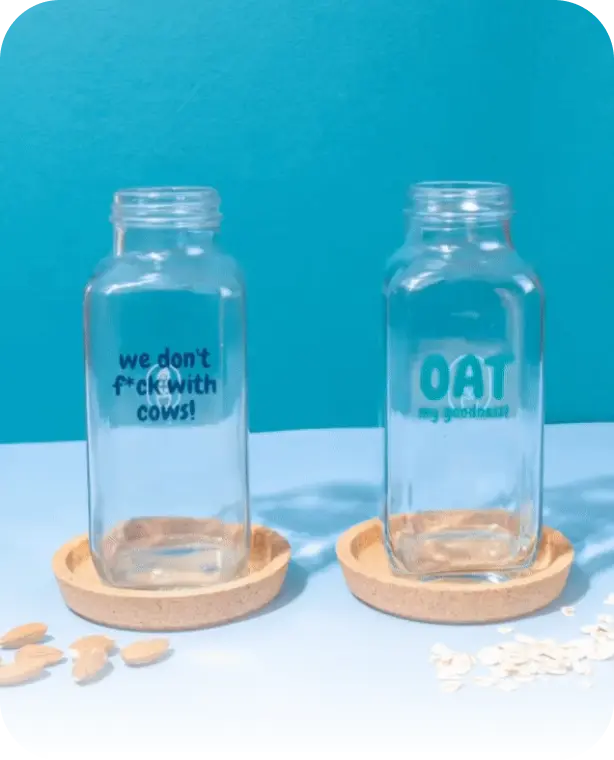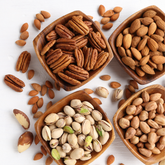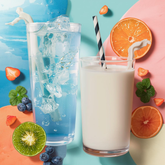Calcium is an essential mineral for maintaining strong bones and teeth, as well as supporting muscle function and nerve signaling. While dairy products are often touted as the primary source of calcium, those following a plant-based diet can meet their calcium needs through a variety of plant foods and fortified products. One effective way to ensure adequate calcium intake is by making your own plant milk at home, giving you full control over the ingredients and fortification.
Calcium plays several crucial roles in the body, including:
- Bone Health: Calcium is the primary component of bones and teeth. Adequate calcium intake helps prevent osteoporosis and maintains bone density.
- Muscle Function: Calcium is necessary for muscle contraction and relaxation.
- Nerve Transmission: Calcium aids in transmitting signals between nerves.
- Blood Clotting: Calcium is involved in the blood clotting process.
A well-planned plant-based diet can provide sufficient calcium. Here are some excellent plant-based sources of calcium:
- Leafy Greens: Kale, collard greens, and bok choy are rich in calcium.
- Cruciferous Vegetables: Broccoli, Brussels sprouts, and cabbage contain significant amounts of calcium.
- Fortified Foods: Many plant milks, juices, and cereals are fortified with calcium.
- Tofu and Tempeh: Tofu made with calcium sulfate and tempeh are great sources.
- Nuts and Seeds: Almonds, chia seeds, and sesame seeds (including tahini) are calcium-rich.
- Legumes: Beans, lentils, and peas provide calcium.
Making your own plant milk at home offers several advantages:
- Control Over Ingredients: You can avoid additives, preservatives, and added sugars often found in store-bought versions.
- Customization: You can tailor the flavor, consistency, and nutrient content to your liking.
- Fortification: You can add calcium supplements to your homemade plant milk to ensure adequate intake.
Milky Plant allows you to turn nuts, seeds, grains, and legumes into fresh, pure plant milk in minutes. Here’s how you can use it to create calcium-fortified plant milk.
How to Make Calcium-Fortified Plant Milk
Ingredients:
- 70ml cup raw almonds (or any nut/seed/grain of your choice)
- 1tbsp Calcium carbonate powder (available at health food stores or online)
- Optional: sweeteners (like dates or maple syrup), vanilla extract, or other flavorings
Instructions:
- Soak the Almonds: Soak the almonds in water for 8-12 hours. This step is optional for some nuts and seeds but can enhance the creaminess of the milk.
- Add the ingredients to the blending compartment, ensuring not to exceed the Max line.
- Fill the water tank with clean water.
- Press the start button and wait a couple of minutes for Milky Plant to work its magic.
Here are some ways to incorporate your homemade, calcium-fortified plant milk into your daily routine:
- Smoothies: Use it as a base for nutrient-packed smoothies.
- Cereal and Oatmeal: Pour it over your morning cereal or mix it into oatmeal.
- Baking: Substitute it for dairy milk in baking recipes.
- Coffee and Tea: Add it to your coffee or tea for a creamy texture.
- Soups and Sauce: Use it in place of dairy milk in soups and sauces.
Getting enough calcium on a plant-based diet is entirely achievable with mindful eating and a bit of creativity. By making your own plant milk with the Milky Plant, you can ensure you’re getting high-quality, fortified milk tailored to your needs. This not only supports your calcium intake but also enhances your overall plant-based lifestyle. Enjoy the process and the delicious, nutritious results!
Happy plant milking!















